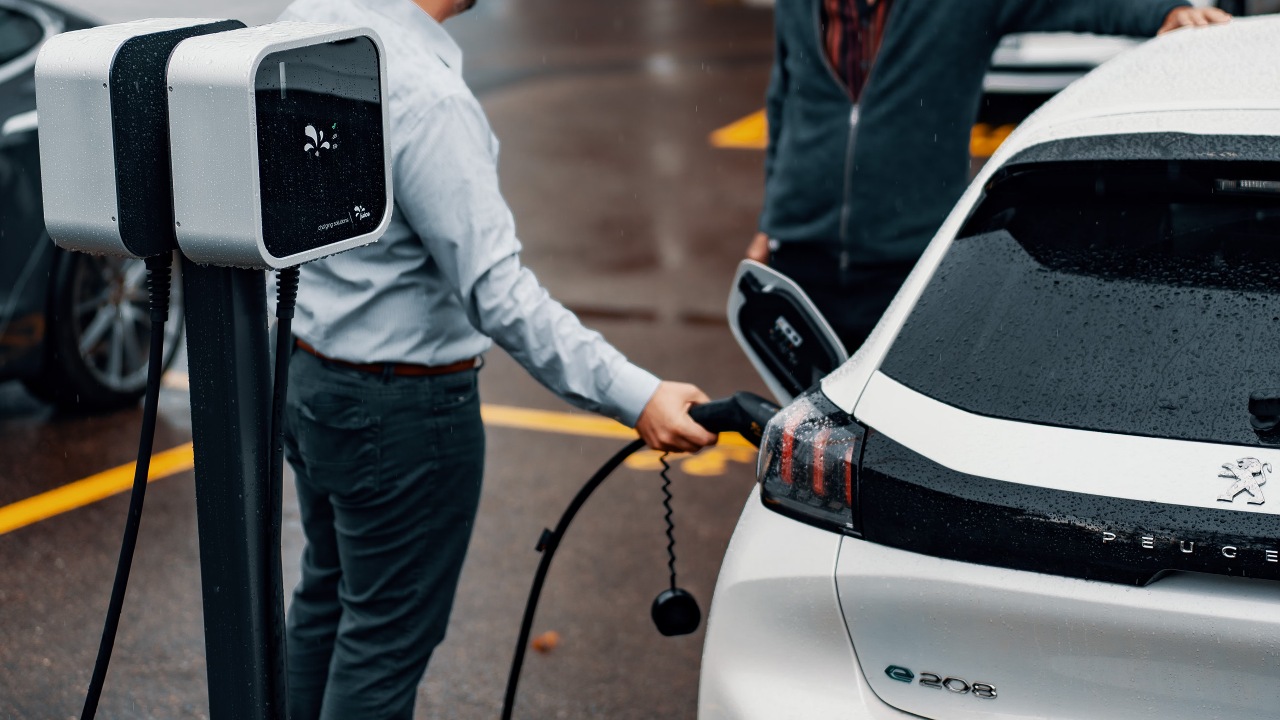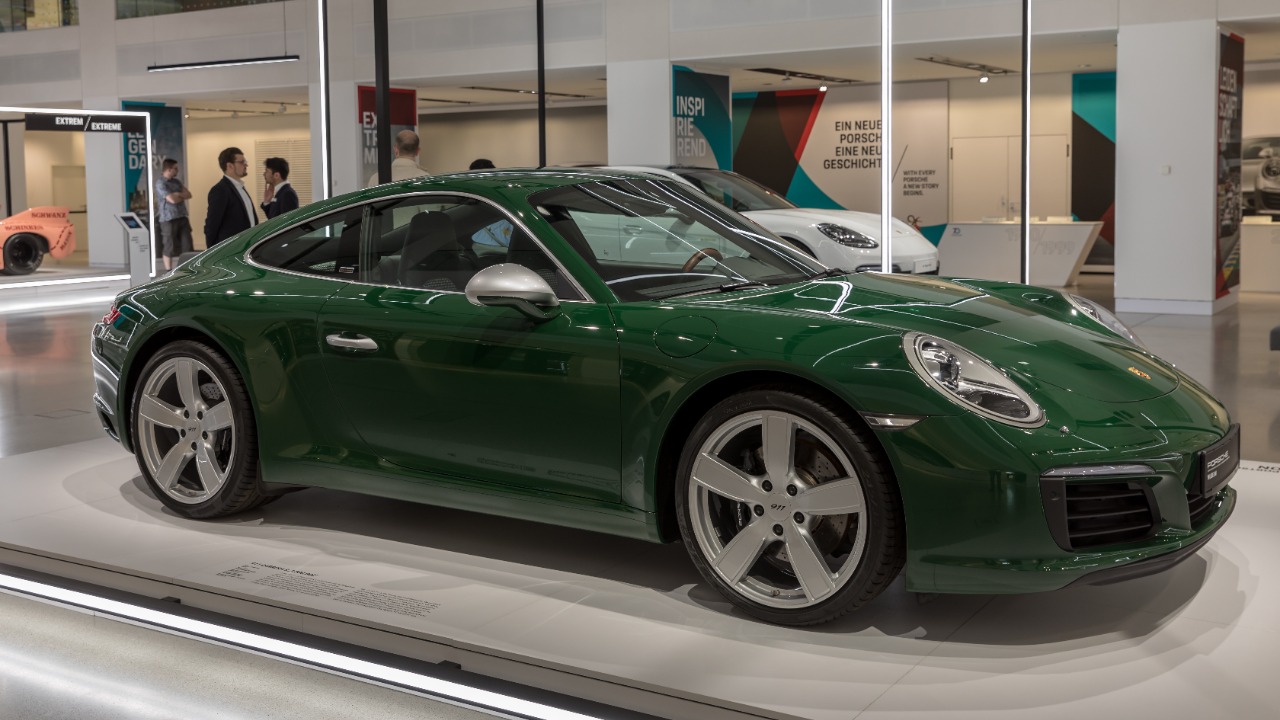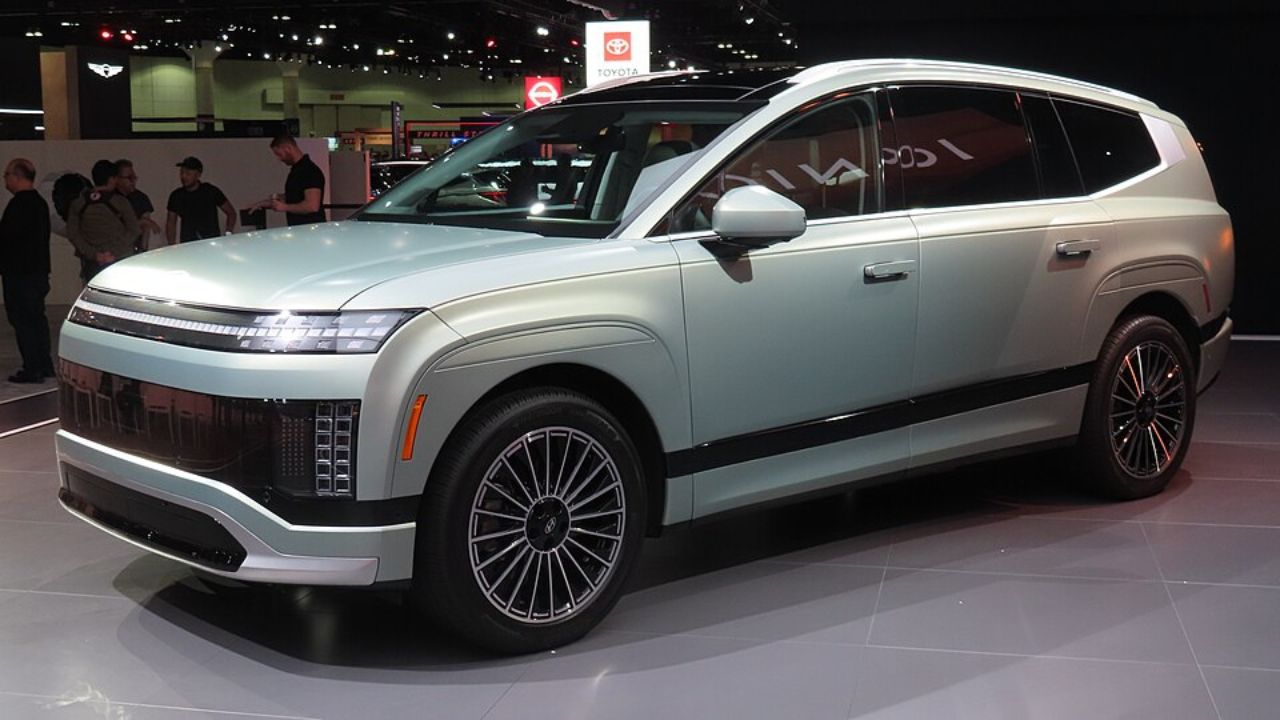As the world transitions towards a more sustainable future, the automotive industry is undergoing a significant transformation. Plug-in hybrid vehicles (PHEVs) are playing a crucial role in this shift, serving as an important stepping stone for consumers moving from traditional internal combustion engines to fully electric vehicles (EVs).
The Role of PHEVs in the Transition to Electric Vehicles
PHEVs represent a unique blend of traditional internal combustion engine technology and cutting-edge electric powertrains. Unlike conventional hybrids, which primarily rely on gasoline engines supplemented by electric motors, PHEVs are equipped with larger batteries that can be charged via an external power source. This allows them to operate purely on electric power for a certain range, typically between 20 and 50 miles, before switching to gasoline. In contrast, full EVs rely entirely on batteries and electric motors without any gasoline backup.
For many consumers, the leap from gasoline vehicles to full EVs can be daunting due to concerns about range, charging infrastructure, and the upfront cost of electric vehicles. PHEVs offer a practical middle ground, allowing drivers to experience the benefits of electric driving without fully committing to an electric-only vehicle. This hybrid approach can ease the transition by familiarizing consumers with electric vehicle technology while maintaining the familiarity and convenience of a gasoline engine.
Moreover, PHEVs contribute to reducing greenhouse gas emissions and decreasing fossil fuel dependency. By operating on electric power for short commutes and utilizing gasoline for longer trips, PHEVs significantly cut down emissions compared to conventional vehicles. This dual capability provides an immediate impact on emissions reduction while the infrastructure and technology for full EVs continue to evolve.
Consumer Appeal and Practical Benefits of PHEVs
One of the standout features of PHEVs is their dual energy sources, combining the strengths of electric power and gasoline engines. This combination offers drivers flexibility and peace of mind, particularly for those who may not have reliable access to charging stations. For instance, a PHEV like the 2023 Toyota Prius Prime can handle daily commutes on electric power while seamlessly switching to gasoline for extended trips, offering a total range that rivals traditional cars.
Range anxiety, a common concern among potential EV buyers, is effectively addressed by PHEVs. The presence of a gasoline engine means that drivers need not worry about being stranded without a charge, making PHEVs an attractive option for those who regularly embark on long-distance journeys. This aspect is crucial for consumers in regions where charging infrastructure is still developing or inconsistent.
Financial incentives and cost savings further enhance the appeal of PHEVs. Many governments offer tax credits, rebates, or reduced registration fees for PHEV owners, making these vehicles financially attractive. Additionally, the potential savings on fuel costs, thanks to the electric driving capability, can be substantial over the life of the vehicle. For example, the federal tax credit for PHEVs in the United States can be up to $7,500, depending on the battery size.
Challenges and Criticisms of PHEVs
Despite their benefits, PHEVs face criticism and challenges that cannot be overlooked. Environmental concerns are often raised regarding the production and disposal of the lithium-ion batteries used in PHEVs. The extraction of raw materials such as lithium and cobalt can have significant environmental impacts, and improper disposal of batteries poses risks of pollution and resource wastage.
The complexity of maintaining a dual-powertrain system is another point of contention. PHEVs combine the intricacies of both electric and gasoline engines, which can result in higher maintenance requirements and costs. Consumers need to be aware of these factors, as servicing a PHEV can be more complex than a single-powertrain vehicle, potentially affecting long-term reliability and ownership satisfaction.
Some environmentalists argue that resources should be concentrated on accelerating the adoption of full EVs rather than supporting transitional technologies like PHEVs. They posit that PHEVs could delay the broader shift to full electrification, as consumers might settle for the middle ground instead of committing to a zero-emission vehicle. This criticism highlights the ongoing debate about the most effective path to achieving a sustainable automotive future.

Technological Innovations and Future Prospects for PHEVs
Technological advancements continue to enhance the efficiency and appeal of PHEVs. Innovations in battery technology, such as increased energy density and faster charging capabilities, are extending the electric range of PHEVs and reducing charging times. These improvements make PHEVs more attractive to consumers who are looking for sustainable options without compromising convenience.
Government policies and infrastructure development play a crucial role in supporting PHEV adoption. Many countries have implemented policies to encourage the use of PHEVs, including subsidies, grants, and investments in charging infrastructure. For example, the European Union has set ambitious targets for reducing carbon emissions, which include incentives for the adoption of low-emission vehicles like PHEVs.
Looking ahead, the future of PHEVs could take several paths. Some experts believe that as battery technology continues to improve and charging infrastructure becomes more widespread, the demand for PHEVs might decrease in favor of full EVs. However, others argue that PHEVs will continue to evolve and coexist alongside full EVs, particularly in markets where full electrification is not yet feasible.
The Global Impact of PHEV Adoption
PHEVs have made significant contributions to reducing carbon emissions in various regions worldwide. In countries like Norway, where EV adoption is exceptionally high, PHEVs have played a critical role in transitioning away from fossil fuels. The availability of PHEVs provides consumers with an accessible entry point into the world of electric driving, supporting the country’s ambitious climate goals.
In emerging markets, where infrastructure for full EVs is still developing, PHEVs offer a practical solution. Countries like India and Brazil, with growing automotive markets and limited charging networks, find PHEVs to be a viable option for reducing emissions while infrastructure catches up. The flexibility of PHEVs allows these regions to gradually integrate electric vehicles into their transportation systems without overwhelming existing resources.
International collaborations and agreements are also shaping the future landscape of hybrid and electric vehicles. Initiatives like the Paris Agreement emphasize the importance of reducing emissions globally, encouraging nations to invest in cleaner transportation technologies. By promoting the adoption of PHEVs, countries can make tangible progress towards achieving their environmental commitments while paving the way for a fully electric future.
More from Fast Lane Only:
- Unboxing the WWII Jeep in a Crate
- The Fastest Farm Truck Ever Built
- 10 Old Trucks That Were Built Like Tanks
- 12 Classic muscle cars still within reach for budget buyers
*Created with AI assistance and editor review.







Leave a Reply